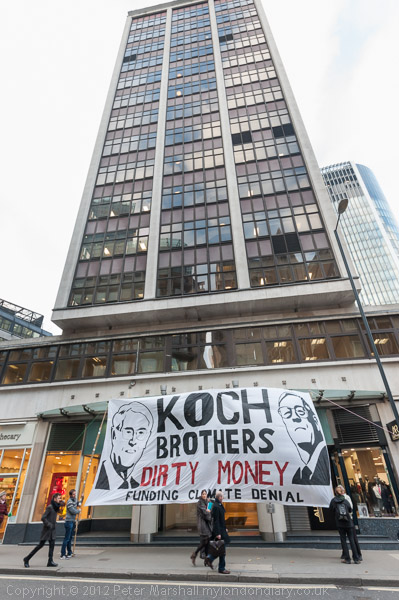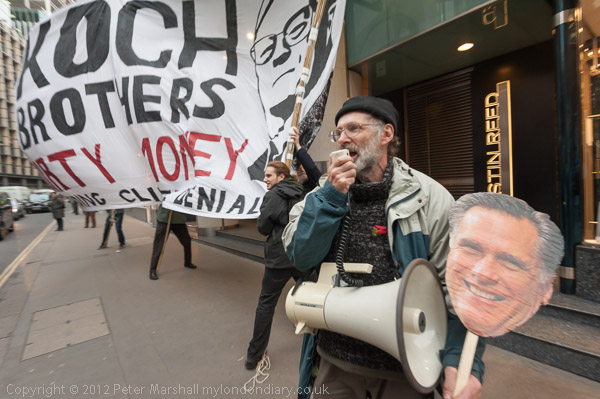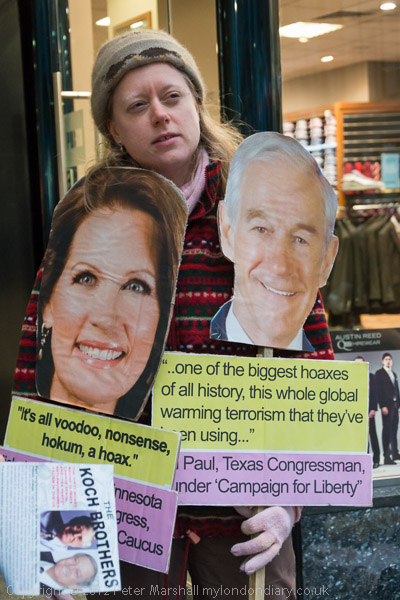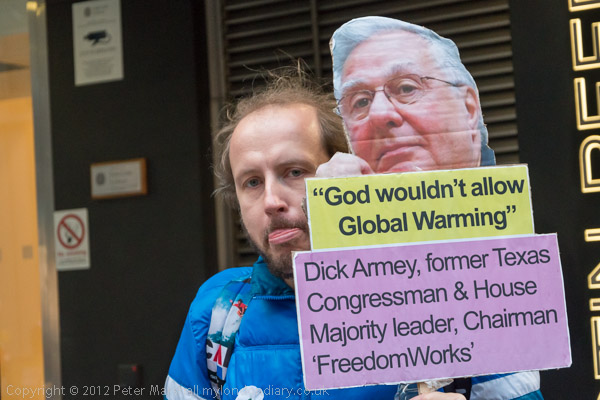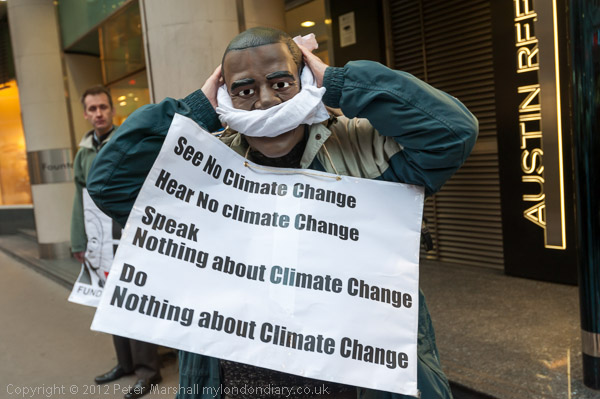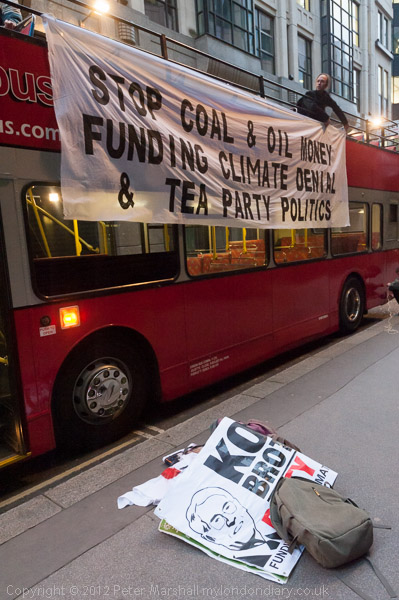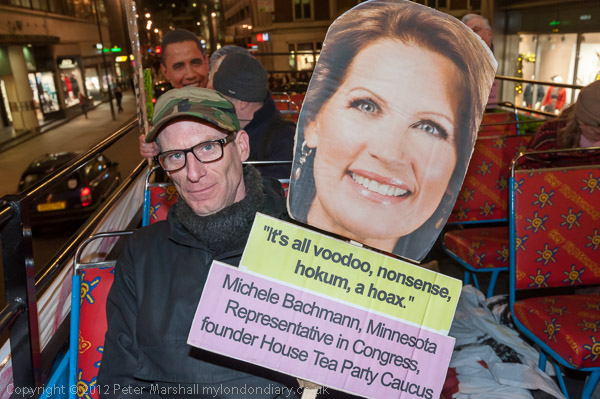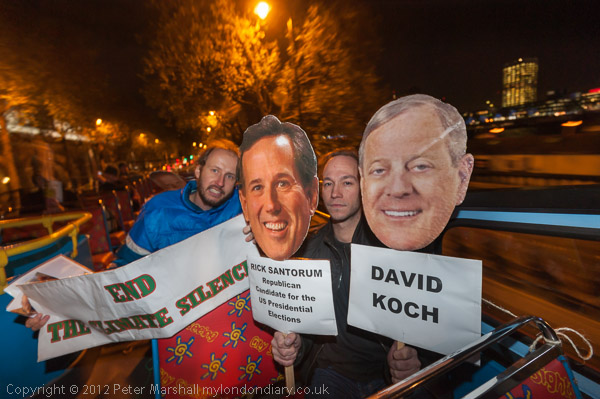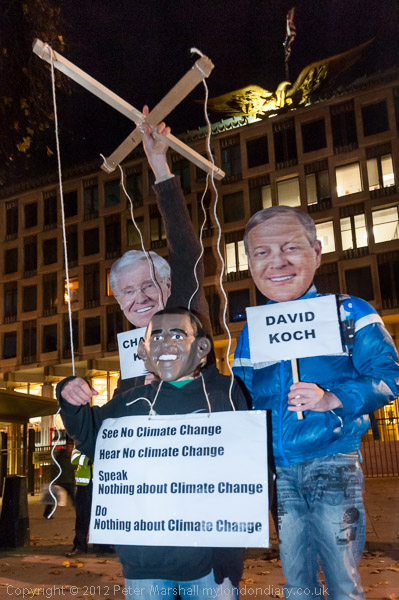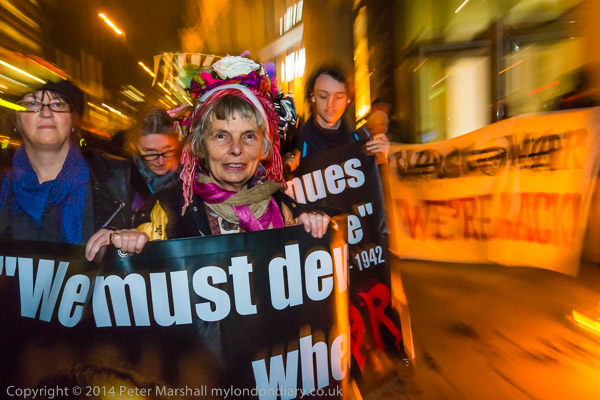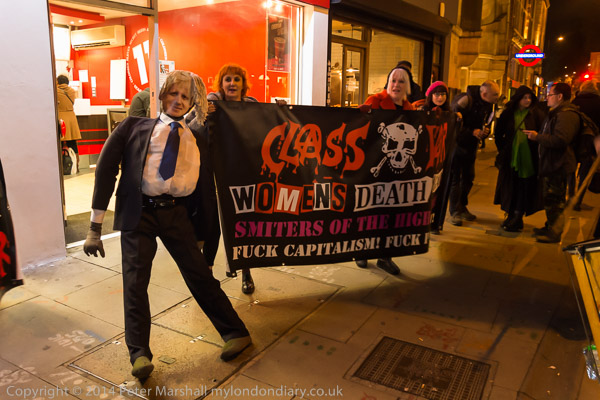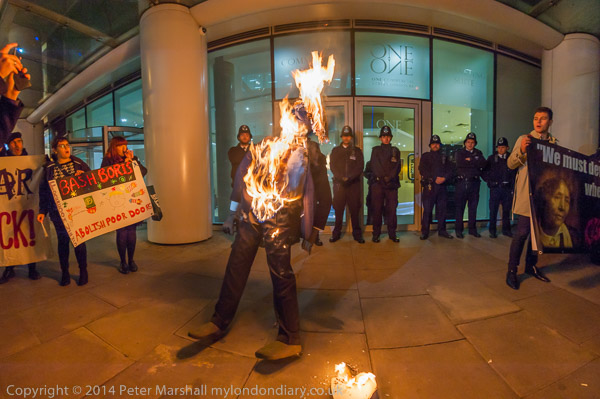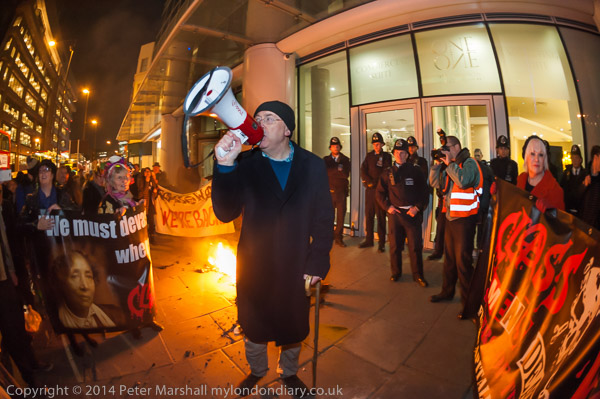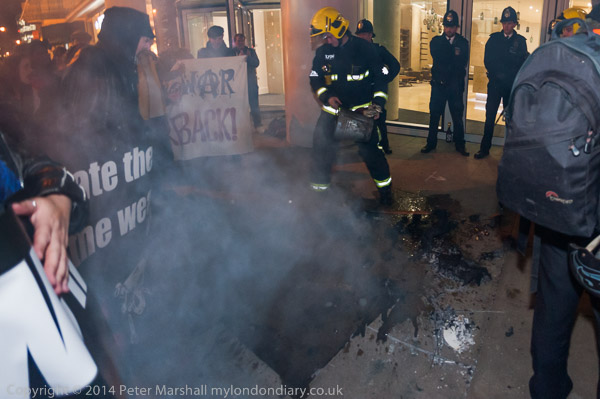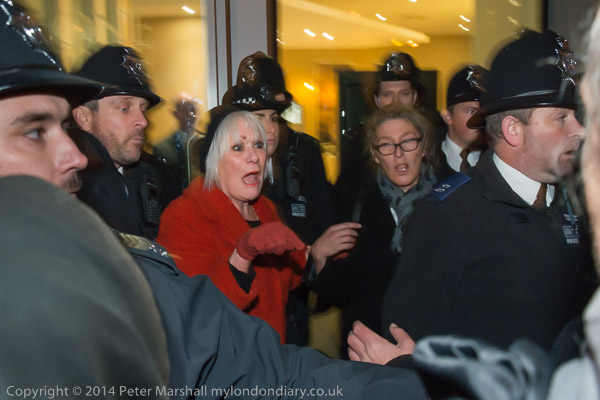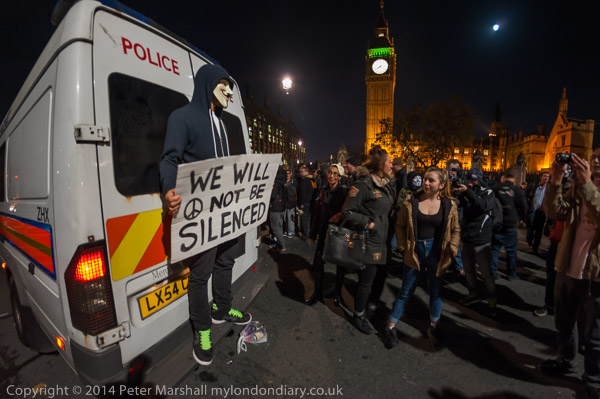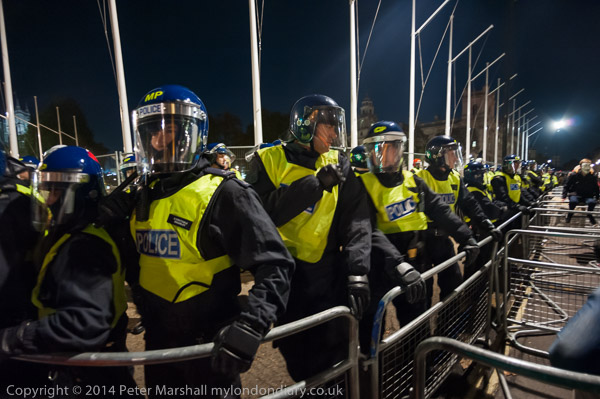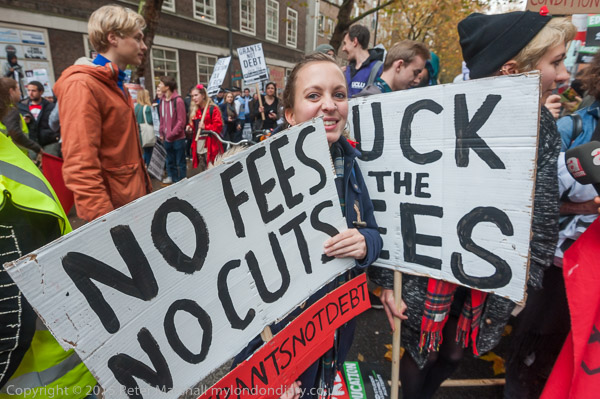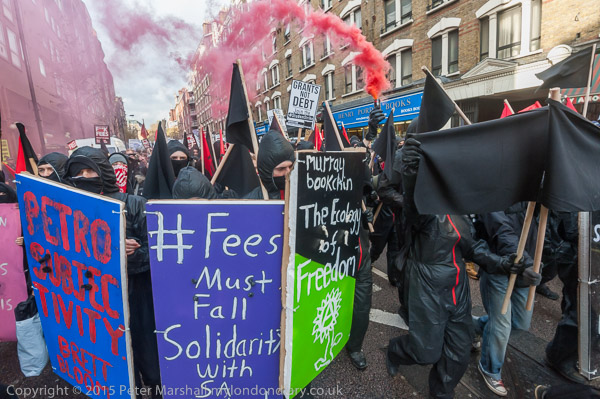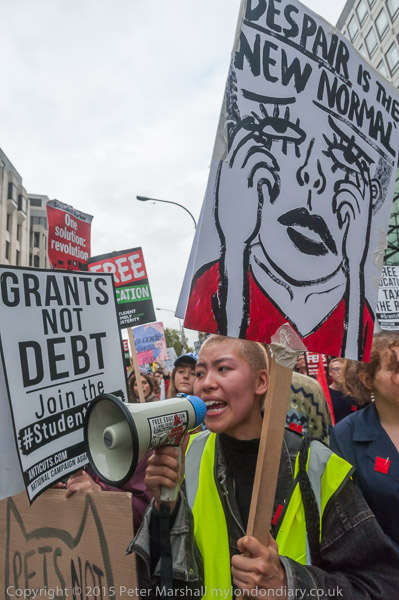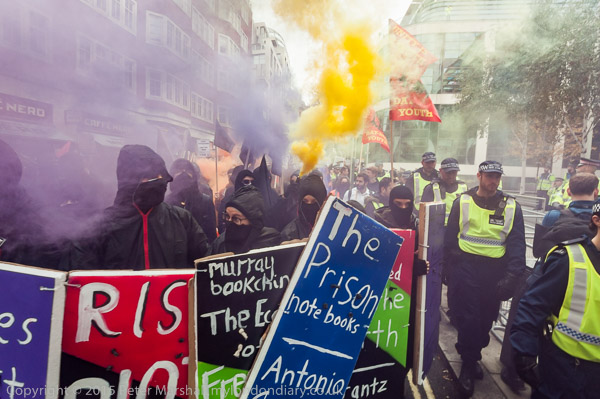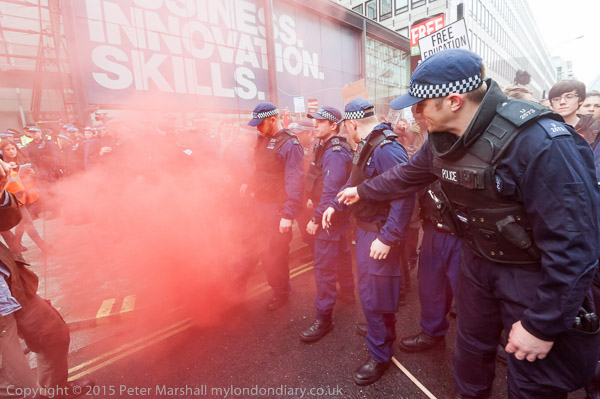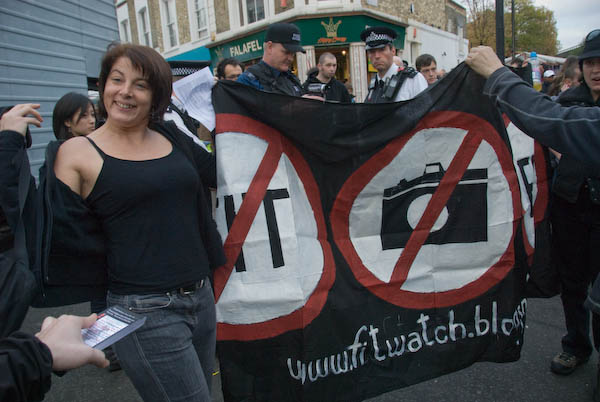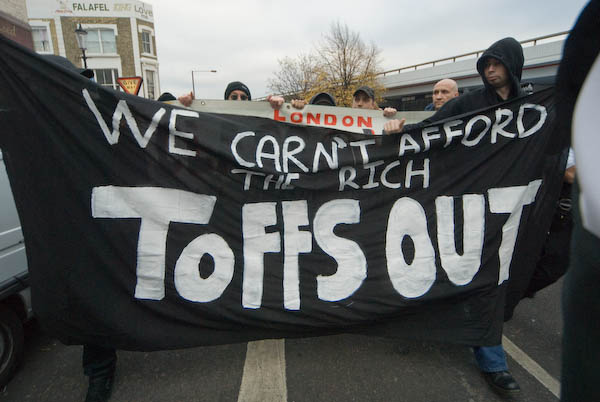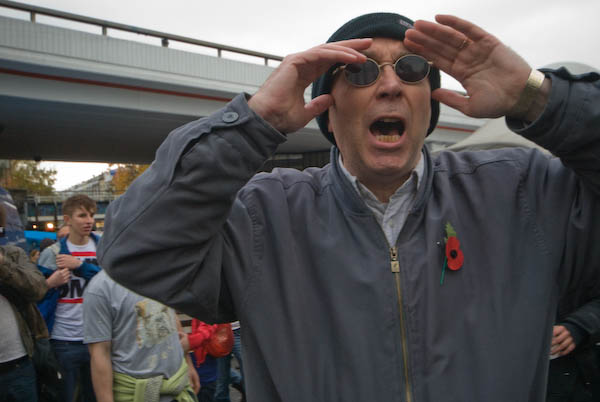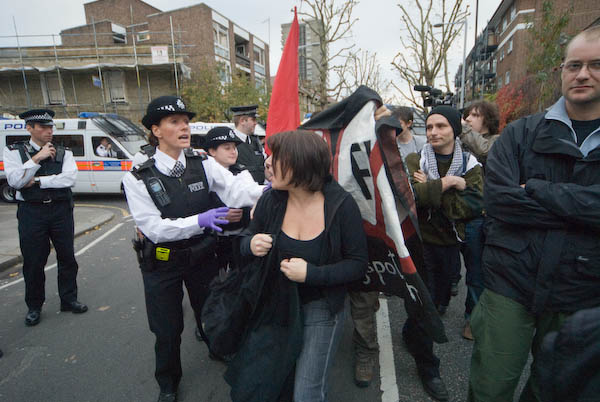Car Park, Angel, Works, Off-Sales, Co-op & Carnival Hats: I started my walk on Sunday 5th November 1989 at Walthamstow Central Station, and walked west down Selbourne Road.
This is Sainsbury’s multistory Car Park on the corner of Selbourne Rd and Vernon Rd and there is a very solid looking rectangular box brick building under the curves of the incline up to the parking space, with anther rectangle, the back of the sign and a very small circle of a car tyre at the extreme right.
I think I walked into Walthamstow cemetery to photograph the chapel there which I’ve not digitised but I also photographed several memorials including this one which I think attracted me because of the feathers on the wing and roses.
There is still a Lennox Trading Estate here, and I think the same gates, although the writing on it is smaller and more regular but otherwise everything looks much the same.
Lennox Road is a short street and its southern side has no buildings but simply the fence of Thomas Gamuel Park, which was re-designed in the 1990s. So the consecutive numbering 82-83 made some sense. The area to the west of the trading estate and the park has been comprehensively redeveloped with low rise housing around Lennox Road.
Thomas Gamuel “was a rich London grocer living in Walthamstow who bequeathed six acres of land known then as Honeybone Field and Markhouse Common, to six trustees, so that rent and profits from this land would be paid to the poor of the parish.”
Chelmsford Road runs down the east side of Thomas Gamuel Park and this former off-license on the corner looked as if it had recently closed with a notice on its side ‘SHOP / YARD & GARAGE STORE TO LET NO PREMIUM’.
The sign and the lamp at the corner suggested to me it had once been a pub rather than just an off-licence though the building seemed too small, but I can find no evidence for this. Both these and the shop front have now gone and the property is now residential including a first floor flat.
I walked down Collingwood Road into St Barnabas Road where I photographed the Safford Hall and the church (not digitised) and then made my way north to Queens Road to cross the railway line and get to Hoe Street, where I made this image.
The beehive was a common cooperative symbol and appears several times on this building along with its date, 1915. For many years it was all the London Co-operative Society store but now only a small section at the northern end is a part of the Co-op, Wathamstow Funeralcare. The London Co-operative Society was formed in 1920 by the merger of the Stratford Co-operative Society and the Edmonton Co-operative Society and I think this was built for the Stratford society.
A few yards north along Hoe Street I took a couple of pictures of the business on the corner with Albert Road
I loved the detailing here with a rather glum looking face holding up a column beside the door. Unfortunately I can’t read the first word of the name of the company here from the angle I photographed this or the next frame, just DISTRIBUTORS LTD. But it did seem a slightly unusual trade to be WHOLESALERS OF CARNIVAL HATS & NOVELTIES.
This property is now entirely residential a has a new fence on top of a low wall around it with a small garden area.
At this point I went to Walthamstow Central Station and took the Victoria Line to Finsbury Park. I can’t now remember why I decided to move to a different area but perhaps I simply thought the park at Finsbury Park would be a pleasant place eat my sandwich lunch. I left the station by the Wells terrace entrance and walked along to Stroud Green Road.
As well as the slightly unusual doorway, it seemed to be almost barricaded by the plants growing in front to the door, but the stairs on the outside suggested an alternative entry.
More from Finsbury Park in a later post.
Flickr – Facebook – My London Diary – Hull Photos – Lea Valley – Paris
London’s Industrial Heritage – London Photos
All photographs on this page are copyright © Peter Marshall.
Contact me to buy prints or licence to reproduce.























